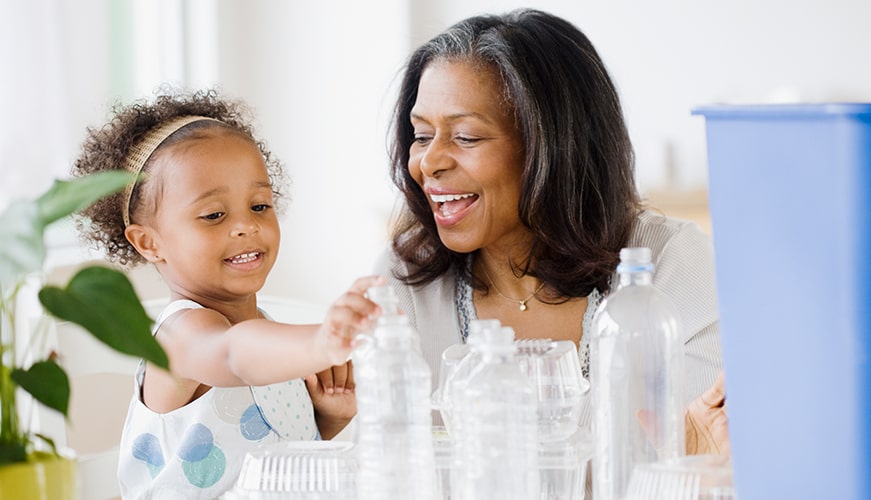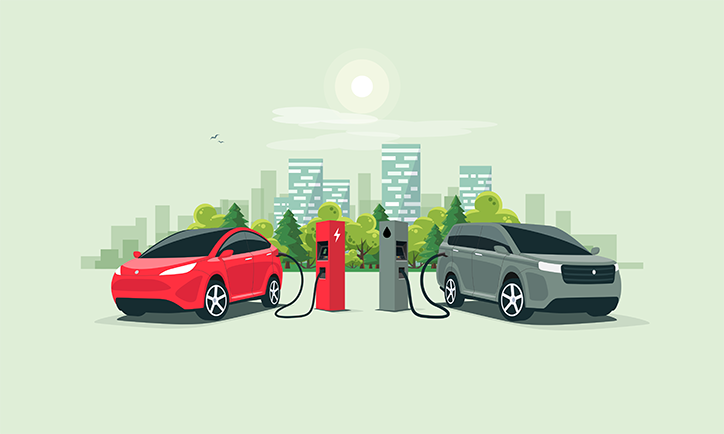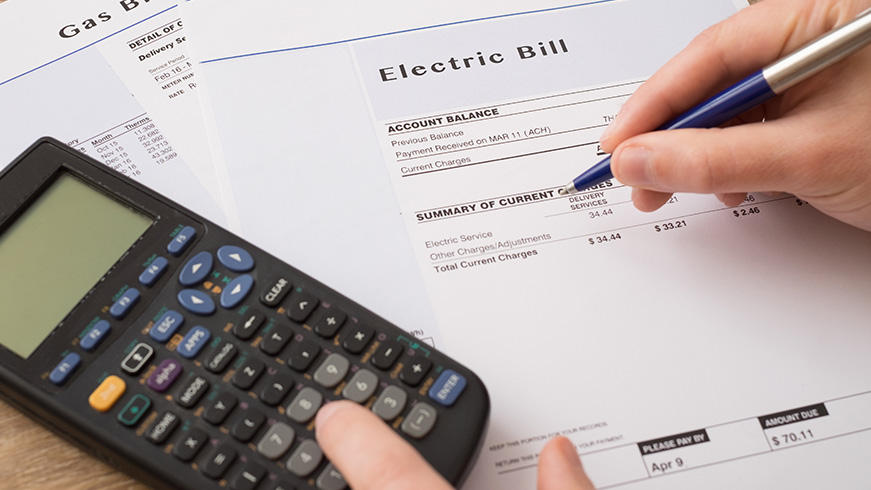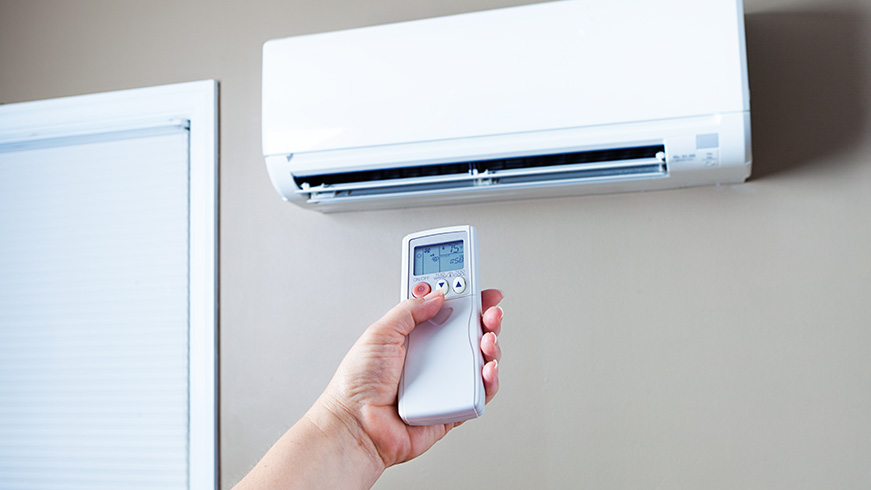En un mundo donde las pantallas dominan gran parte de la vida diaria, fomentar el amor por la naturaleza en los niños es más importante que nunca. Alentarlos a conectarse con el entorno natural no solo despierta curiosidad y asombro, sino que también cultiva un sentido de responsabilidad hacia la protección del planeta. Exponer a los niños a la belleza del mundo natural les ayuda a comprender por qué vale la pena preservarlo y cómo pueden contribuir a un estilo de vida sostenible.
1. Explorar la belleza natural de EE.UU.
Estados Unidos alberga paisajes increíbles que muestran la diversidad y maravilla del planeta. Desde majestuosas montañas hasta lagos serenos y frondosos bosques, estos escenarios naturales son perfectos para despertar el amor de los niños por el medio ambiente.
- Parques Nacionales: Lugares como Yosemite, Yellowstone, el Gran Cañón y las Montañas Great Smoky ofrecen experiencias inmersivas que resaltan la importancia de la conservación ambiental. Las familias pueden explorarlos mediante caminatas, campamentos y programas educativos dirigidos por guardaparques.
- Parques Estatales Locales: Cada estado cuenta con áreas protegidas donde los niños pueden pescar, observar la vida silvestre y recorrer senderos mientras aprenden sobre ecosistemas y recursos renovables.
- Recursos de Parques Nacionales: Encuentra un parque cercano en nps.gov para planear visitas y participar en programas para jóvenes guardianes del medio ambiente, aprendiendo sobre planes de electricidad sostenible y soluciones de energía limpia.
2. Conectarse con la naturaleza local
La naturaleza no solo está en los parques nacionales, sino también justo afuera de nuestras puertas. Motivar a los niños a apreciar su entorno local fomenta una conexión duradera con el medio ambiente.
- Aventuras en el jardín: Un simple paseo por un parque del vecindario o un jardín comunitario puede ser una oportunidad de descubrimiento.
- Observación de aves y vida silvestre: Instalar un comedero para pájaros o estudiar insectos y pequeños animales promueve la apreciación de la biodiversidad y los ecosistemas de energía verde.
- Cambios estacionales: Observar cómo los árboles cambian de color en otoño, recoger flores silvestres en primavera o contemplar las estrellas en una noche de verano ayuda a los niños a comprender los ciclos naturales y los beneficios ambientales de la energía renovable.
3. Participación en la conservación y proyectos comunitarios
Más allá de disfrutar la naturaleza, los niños pueden aprender a desempeñar un papel activo en la sostenibilidad ambiental mediante proyectos prácticos.
- Plantar árboles y jardines comunitarios: Muchas organizaciones locales ofrecen programas para plantar árboles, crear huertos comunitarios o restaurar hábitats. Visita The Arbor Day Foundation para encontrar oportunidades que apoyen la energía renovable en hogares.
- Limpieza de playas y parques: Participar en iniciativas de limpieza en playas, senderos o parques enseña a los niños que incluso pequeñas acciones pueden ayudar a proteger el planeta.
- Programas de conservación local: Encuentra oportunidades de voluntariado en proyectos de energía renovable y conservación ambiental en Volunteer.gov.
4. Apoyar granjas locales y un estilo de vida sostenible
Enseñar a los niños de dónde provienen los alimentos refuerza la conexión entre la naturaleza, la sostenibilidad y la conservación de la energía. Visitar granjas locales, mercados de agricultores y programas de agricultura sostenible demuestra cómo la producción de alimentos impacta el medio ambiente y destaca el papel de los proveedores de energía renovable en la agricultura.
- Visita una granja local: Muchas granjas ofrecen recorridos donde los niños pueden conocer animales, aprender sobre cultivos y descubrir prácticas agrícolas ecológicas. Encuentra granjas cercanas en LocalHarvest.org.
- Mercados de agricultores: Comprar en mercados locales ayuda a los niños a comprender los beneficios de apoyar la agricultura sostenible impulsada por energía verde.
- Compostaje y huertos en casa: Crear un pequeño huerto de vegetales o hierbas ayuda a los niños a valorar el esfuerzo de cultivar alimentos y reducir el desperdicio, mientras se integran soluciones de energía limpia como el riego solar.
5. El papel de los padres y tutores: predicar con el ejemplo
Los niños aprenden observando a los adultos. Adoptar hábitos ecológicos en la vida diaria refuerza la importancia de proteger el medio ambiente mientras se apoya a los proveedores de energía verde y los planes de energía sostenible para hogares y negocios.
- Reducir el tiempo frente a pantallas y fomentar el juego al aire libre.
- Utilizar productos reutilizables y reducir residuos para un estilo de vida con bajas emisiones de carbono.
- Hablar sobre temas climáticos de manera adecuada para su edad, destacando la importancia de las soluciones de energía limpia.
- Fomentar el consumo responsable y ético, reduciendo el desperdicio de energía y apoyando productos sostenibles.
Un futuro conectado con la naturaleza y la energía renovable
Exponer a los niños a la belleza y el valor del mundo natural les ayuda a desarrollar un amor duradero por la conservación ambiental. Ya sea explorando parques nacionales, participando en proyectos ecológicos, visitando granjas locales o apoyando soluciones de energía renovable, estas experiencias fomentan la comprensión de que proteger el medio ambiente no solo es importante, sino esencial. A través del aprendizaje práctico y la conexión con la vida real, los niños de hoy se convertirán en los defensores del futuro para la sostenibilidad, la energía limpia y la conservación del planeta.



